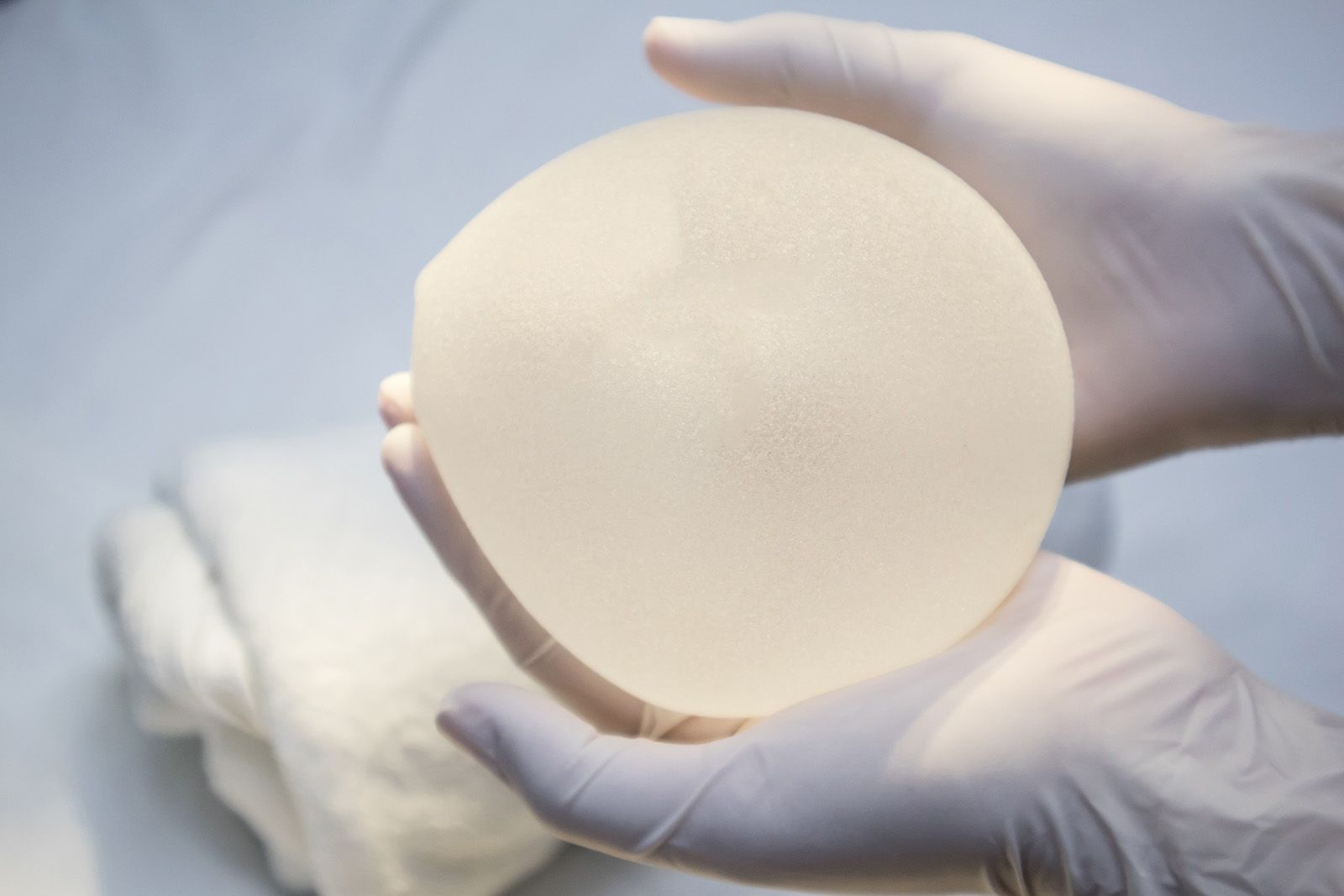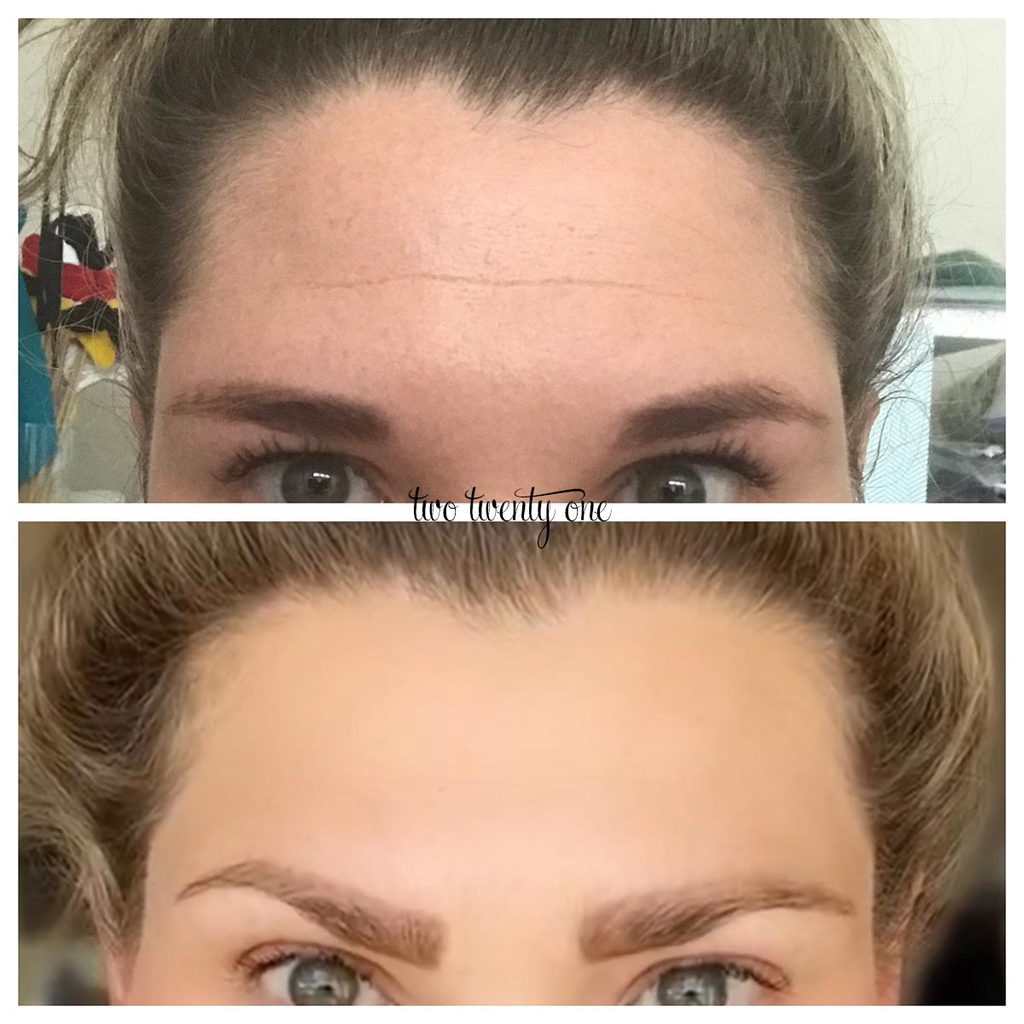
Botox is a popular treatment for migraines. Botox works by blocking the actions of acetylcholine which triggers muscle contractions. Although the treatment is not suitable for all, many have reported a reduction in pain or even complete elimination. The treatment is growing in popularity among migraine sufferers. Botox can reduce pain and is relatively safe with very few side effects.
Botox blocks the release acetylcholine
Botox works in that it blocks pain signals by blocking the brain's release acetylcholines. This prevents migraines occurring from abnormal muscle contractions. It's safe and effective in treating migraines.
The procedure involves the use of tiny needles to inject Botox into the affected area. The procedure is quick and can be done while the patient is either sitting or lying down. Botox doesn't penetrate deep into muscles like regular shots.

It reduces muscle contractions
Botox injections are approved to treat chronic migraines. Botox, a drug approved by the FDA, is made up of purified botulinum.xin. This toxin helps relax muscles to reduce headache frequency. Usually, Botox is given in minute doses to treat migraines. Patients are given an anesthetic cream and lotion during the procedure.
The drug can also be used to treat certain types of spasticity. This disorder causes muscles involuntarily to contract and can affect the arms, legs, and feet. It can also be a sign of a neurological disorder or stroke. Approximately twenty to thirty percent of stroke survivors will experience some type of spasticity.
It is safe
Botox, a neurotoxin produced by Clostridium botulinums bacteria can cause dangerous reactions such as botulism if given incorrectly. Botox works by paralyzing muscles and blocking nerve signals. It is safe because it does not pass through your stomach and therefore is not absorbed in the bloodstream. The treatment could be beneficial for many conditions, such as spasms, tics and wrinkles.
Though rare, some people may experience allergic reactions to the toxin. In rare cases, the reaction may lead to hives, difficulty swallowing, or even swelling of the legs. These side effects are temporary and not enough to disqualify patients from Botox treatment. To avoid this reaction, patients should read the Botox allergy warning.

It is only available on the NHS for people with chronic migraines
Botox is a prescription medication that is only available on the NHS for those with chronic migraines. Clostridium botulinum produces the drug, which is a protein. It was first introduced to treat eye disorders, but has since been used to treat a variety of conditions, including migraine. It is currently only available for chronic migraines in the United Kingdom, Scotland, and Northern Ireland, and the Department of Health has endorsed its NICE appraisal.
The injections may not be effective for everyone with chronic migraine, but they are appropriate for those who have failed other treatments. Bash and Migraine Trust endorse the NHS's use of it and believe it should also be available to all those who are eligible. The NHS website states that patients suffering from chronic migraines should have the option to get Botox injections, even if they are unable to take preventative medication.